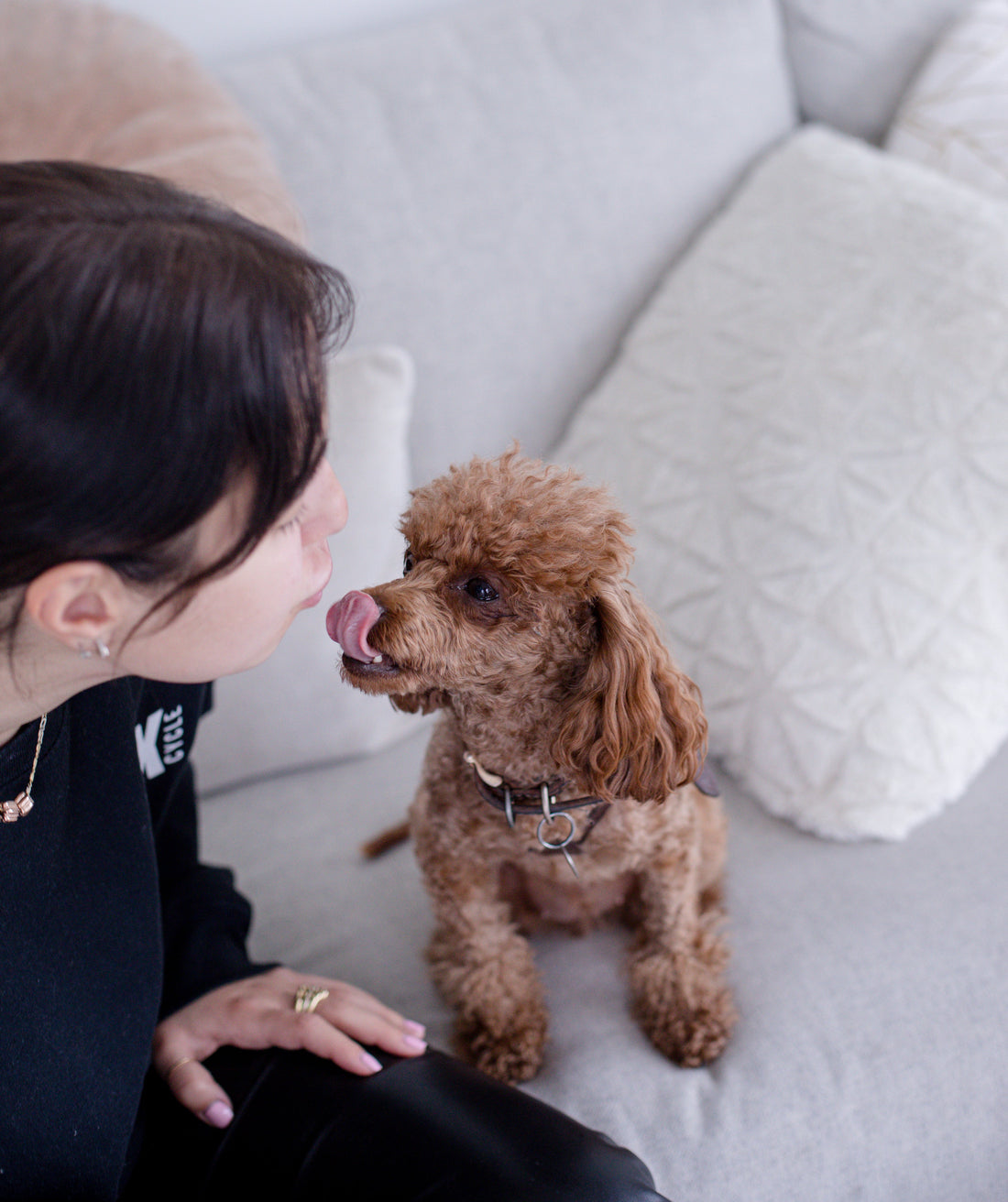Pet Care Tips: A Guide for Happy, Healthy Dogs and Cats

Welcoming a dog or cat into your home is a deeply rewarding experience. These beloved companions bring joy, loyalty, and unconditional love — and in return, they rely on us to keep them healthy, happy, and safe. Whether you're a new pet parent or a seasoned animal lover, practicing proper care is essential for your furry friend's well-being.
Here’s a comprehensive guide with practical tips to help you care for your dog or cat with confidence.
1. Nutrition: Feed Them Right
Dogs and cats have unique dietary needs, and feeding them a balanced diet is one of the most important aspects of care.
Choose high-quality pet food: Look for brands that list real meat as the first ingredient and avoid unnecessary fillers like corn and by-products.
Mind the portion sizes: Overfeeding can lead to obesity and related health issues. Use your vet’s guidance or the feeding chart on pet food labels.
Stay consistent: Stick to regular feeding times. Dogs typically do well with two meals a day, while cats may prefer smaller, more frequent meals.
Avoid human food: Some foods — like chocolate, onions, grapes, and caffeine — are toxic to pets.
Tip: Always provide fresh, clean water and change it daily.
2. Grooming: Keep Them Clean and Comfortable
Regular grooming is essential for both hygiene and comfort.
Brushing: Brushing your dog or cat helps remove dirt, reduce shedding, and prevent matting. Long-haired breeds require more frequent brushing.
Bathing: Dogs typically need a bath every 4–6 weeks, depending on their activity level. Cats usually groom themselves, but occasional baths may be necessary, especially for long-haired breeds or senior cats.
Nail trimming: Overgrown nails can lead to pain or injury. Trim them carefully, or ask your vet or groomer to help.
Ear cleaning: Use a vet-approved ear cleaner and gently wipe away debris. This is particularly important for floppy-eared dogs and cats prone to infections.
Dental hygiene: Brush their teeth using pet-safe toothpaste, or offer dental chews and treats to support oral health.
3. Exercise and Play: Mental and Physical Stimulation
Pets need regular exercise to stay healthy and happy.
For Dogs:
Daily walks: Walks help maintain weight, improve cardiovascular health, and provide mental stimulation.
Fetch and tug games: These promote agility and help release energy.
Training sessions: Incorporate obedience training into play to sharpen their mind and build a strong bond.
For Cats:
Interactive toys: Wand toys, laser pointers, and puzzle feeders keep cats active and mentally engaged.
Climbing spaces: Cat trees and shelves help mimic their natural climbing instincts.
Playtime: Even short bursts of play (10–15 minutes) a few times a day can greatly benefit your cat’s mood and health.
Tip: A tired pet is a well-behaved pet. Regular activity reduces boredom, which often leads to destructive behavior.
4. Routine Vet Visits and Preventative Care
Regular check-ups are crucial for early detection and prevention of illnesses.
Vaccinations: Keep your pet’s vaccinations up to date to protect against common diseases.
Parasite control: Use flea, tick, and worm prevention treatments year-round.
Spaying/neutering: This not only prevents unwanted litters but also reduces the risk of certain cancers and behavioral issues.
Annual wellness exams: Even healthy pets should see the vet once a year for a full check-up.
Tip: Keep a pet health journal with records of vaccinations, vet visits, and any behavioral changes.
5. Comfortable Living Environment
Make your home a haven for your pet.
Safe and cozy space: Provide a soft bed in a quiet area for rest and relaxation.
Temperature control: Pets can overheat easily. Ensure they have access to shade, water, and indoor shelter during extreme weather.
Pet-proof your home: Keep toxic plants, medications, and small choking hazards out of reach.
6. Training and Behavior
Good behavior comes from consistent training and positive reinforcement.
Start early: Puppies and kittens are easier to train, but older pets can learn too with patience.
Use positive reinforcement: Reward good behavior with treats, praise, or play. Avoid harsh discipline.
Set boundaries: Consistency is key. Use commands like “sit,” “stay,” and “leave it” regularly.
Socialization: Gradually introduce your pet to different people, animals, and environments to reduce anxiety.
7. Emotional Well-being and Bonding
Dogs and cats thrive on love and companionship.
Spend quality time: Cuddles, play sessions, and even just being near you helps reduce anxiety and build trust.
Respect their space: Some pets enjoy alone time, especially cats. Don’t force interaction if they seem withdrawn.
Monitor behavior changes: A normally playful pet that becomes withdrawn or aggressive may be signaling stress or illness.
Final Thoughts
Caring for a dog or cat is a lifelong commitment filled with joy, responsibility, and unconditional love. By focusing on proper nutrition, regular grooming, preventive healthcare, and emotional connection, you’ll create a strong foundation for a long and happy life together.
Remember, every pet is unique. Learn their preferences, respect their boundaries, and enjoy the beautiful bond you share. With the right care and a whole lot of love, your furry companion will thrive as a beloved member of your family.

